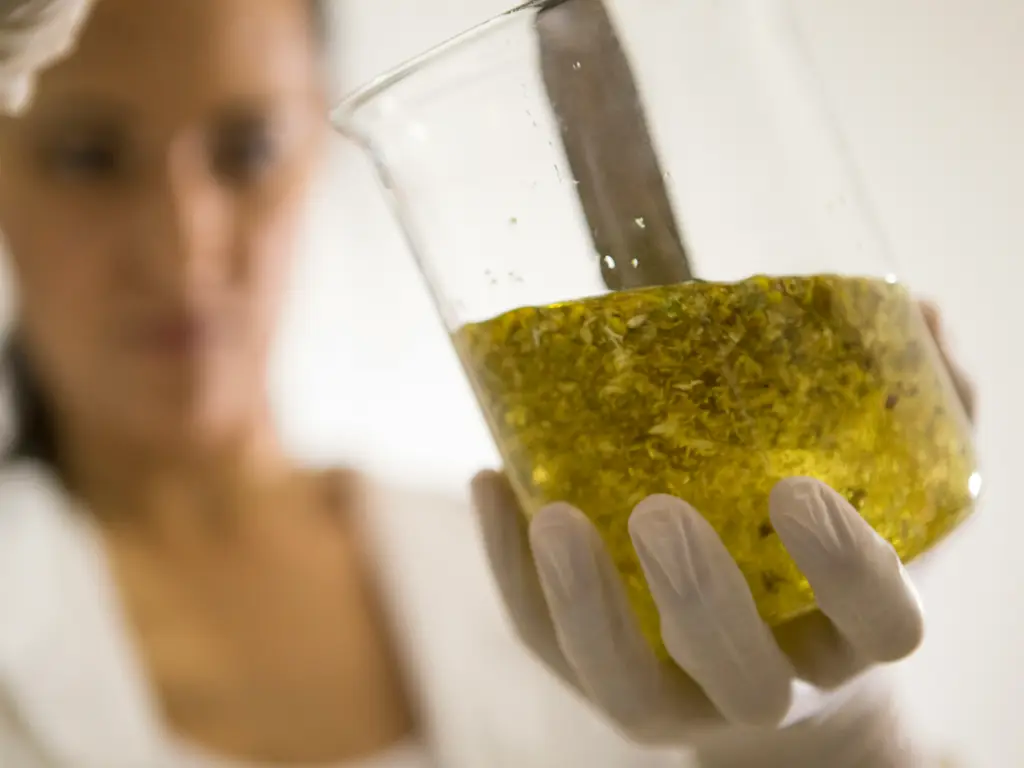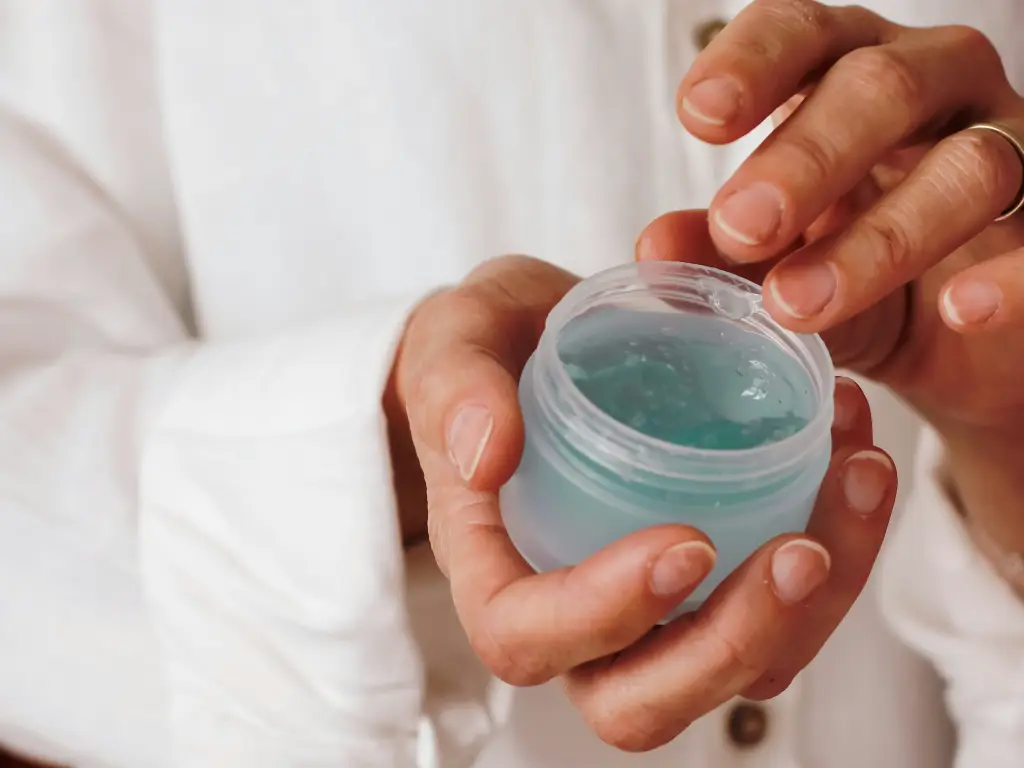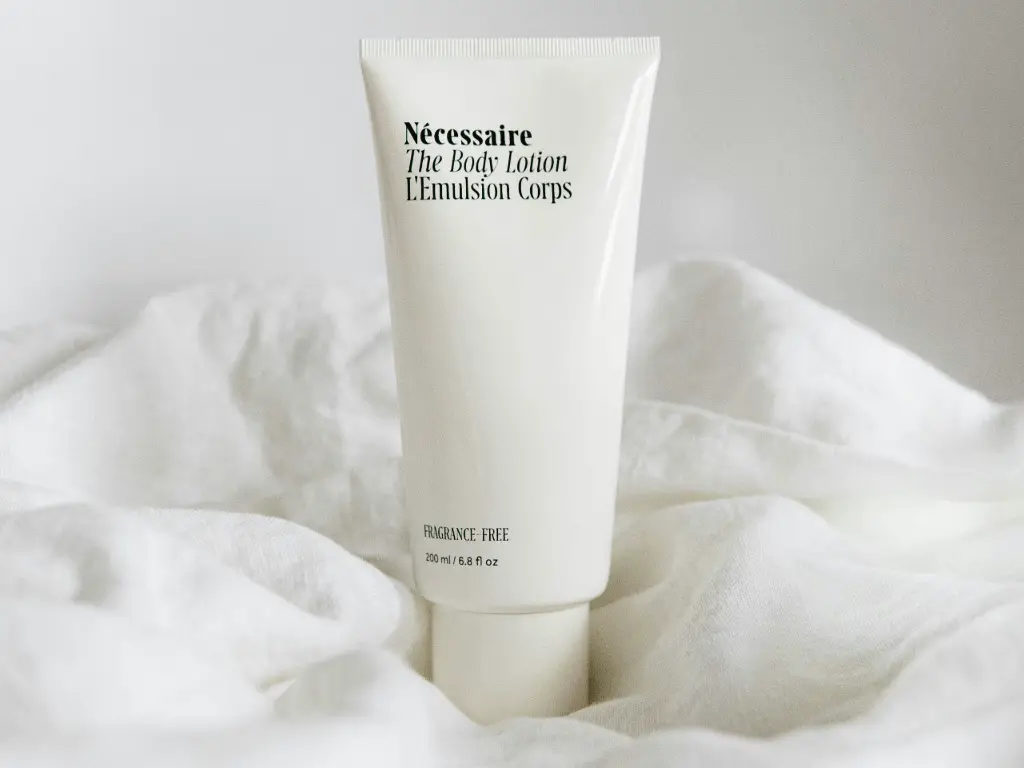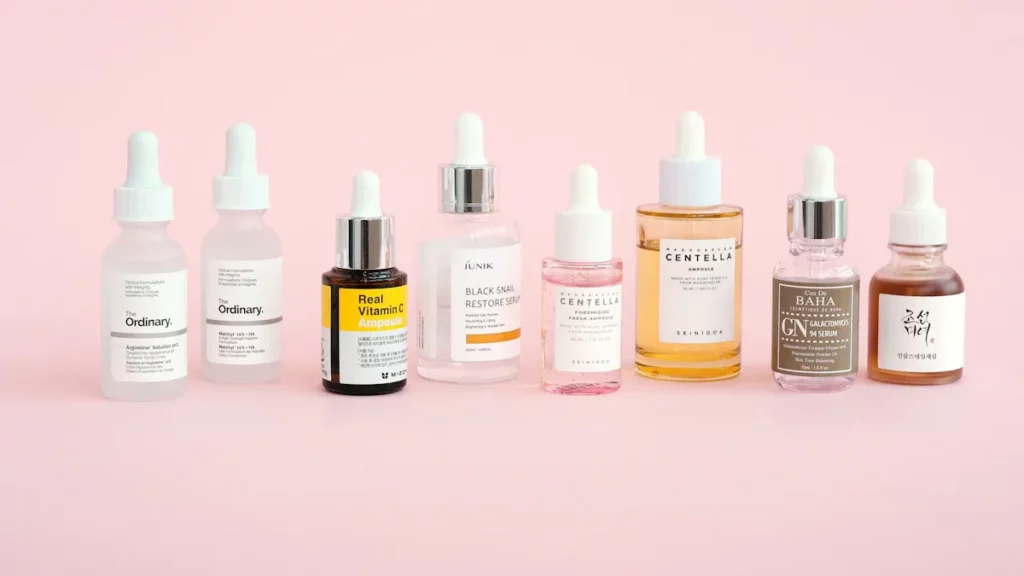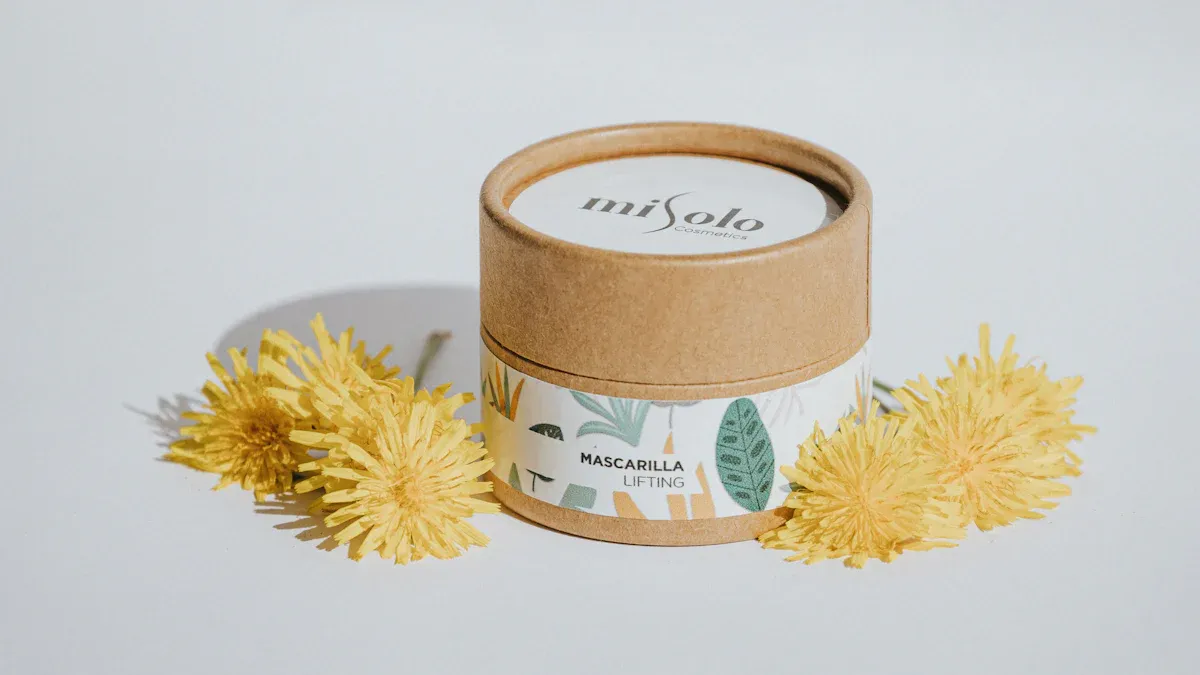
Navigating the world of plant-based beauty comes with its own set of challenges. Natural ingredients often face issues like short shelf life, color fading, and microbial growth, making stability a significant concern. Sourcing these ingredients ethically and sustainably adds another layer of complexity, especially when seasonal availability impacts supply. Meeting consumer expectations for performance is equally demanding, as plant-based products must match or exceed synthetic alternatives in efficacy. On top of this, evolving global regulations and differing standards for natural cosmetics create hurdles for compliance. Despite these challenges, embracing sustainable beauty practices is essential for sustainable development and bio-based innovation in the beauty industry.
Ingredient Stability in Plant-Based Beauty

Challenges with Natural Ingredient Shelf Life
Natural ingredients bring unique challenges to cosmetic formulation. Unlike synthetic components, they often have a shorter shelf life, which can lead to issues like color fading, texture changes, and microbial growth. These problems not only affect the appearance of the product but also compromise its safety and efficacy. 예를 들어, natural preservatives may not provide the same level of protection as synthetic ones, increasing the risk of contamination.
그만큼 limited shelf life of natural ingredients also impacts production costs and consumer trust. When products deteriorate quickly, brands face higher expenses for reformulation and testing. This can reduce the lifespan of sustainable cosmetic products, making it harder to meet market demands. Seasonal availability further complicates ingredient sourcing, leading to inconsistencies in formulation stability.
팁: Always check the expiration dates of plant-based beauty products and store them in cool, dry places to extend their usability.
Solutions for Stability in Cosmetic Formulation
Advances in technology offer effective solutions to enhance the stability of natural ingredients. Using biomolecules, lipids, and polysaccharides in formulations can improve product performance and longevity. 예를 들어, vegetable oils rich in fatty acids help prevent skin dryness while maintaining the stability of cosmetic products. Unsaturated fatty acids like omega-6 and omega-3 are particularly beneficial for supporting the skin’s lipid barrier, which plays a key role in product efficacy.
Natural antioxidants are another powerful tool for stabilizing plant-based formulations. These compounds protect ingredients from oxidation, which can cause color fading and texture changes. 또한, innovative preservation systems combine natural and clean components to reduce microbial growth without compromising safety.
메모: Collaborating with experienced manufacturers like Oully can help you access advanced formulation techniques and ensure your products meet industry standards.
By leveraging sustainable practices and cutting-edge technology, you can create clean and effective cosmetic products that stand the test of time. These solutions not only address stability challenges but also align with consumer demand for high-quality, natural beauty options.
Efficacy in Sustainable Beauty Products
Balancing Natural Ingredients with Performance
Creating sustainable beauty products that deliver exceptional performance requires a careful balance between natural ingredients and their synthetic counterparts. While natural cosmetics are often perceived as safer and more ethical, they can sometimes fall short in terms of product performance. 예를 들어, natural preservatives may not match the longevity of synthetic ones, and plant-based pigments may fade faster than their synthetic alternatives. 하지만, when formulated correctly, natural ingredients can offer unique benefits, such as being gentler on sensitive skin and supporting eco-friendly practices.
To better understand this balance, consider the following comparison:
Category | Natural Ingredients | Synthetic Ingredients |
|---|---|---|
Safety and Efficacy | May cause allergies; not always safer | Rigorously tested; reliable performance |
Environmental Impact | Eco-friendly if sourced sustainably; requires management | Can reduce strain on resources; may use non-renewable materials |
Consumer Perception | Viewed as safer and more ethical | Often viewed with skepticism but backed by science |
This table highlights the strengths and limitations of both ingredient types. While natural ingredients excel in sustainability and consumer perception, synthetic options often provide more consistent results. You can achieve the best of both worlds by combining natural and synthetic components strategically. 예를 들어, pairing plant-based oils with scientifically tested stabilizers can enhance both safety and efficacy.
팁: Always test formulations rigorously to ensure they meet consumer expectations for performance while staying true to sustainable principles.
Enhancing Efficacy with Proven Plant-Based Actives
Proven plant-based actives can significantly boost the efficacy of natural cosmetics. These ingredients, derived from plants, offer targeted benefits backed by scientific research. 예를 들어, pomegranate extract has shown remarkable results in reducing wrinkle severity and improving skin health. Similarly, complexes like Eternalyoung have demonstrated improvements in skin elasticity and firmness.
Here’s a closer look at some studies validating the effectiveness of plant-based actives:
Study Description | 결과 | 인구 | Active Ingredients |
|---|---|---|---|
High-dose Lustriva supplementation | Significant increase in hair thickness and reduction in facial wrinkle depth compared to placebo | Ages 21-65 | 146.5 mg inositol-stabilized arginine silicate, 11.7 mg magnesium biotinate |
Eternalyoung complex | Statistically significant improvements in wrinkle depth, 탄력, firmness, and skin thickness | 60 Caucasian women, ages 35-69 | 225 mg Eternalyoung complex |
Pomella extract | Significant reduction in wrinkle severity and changes in skin microbiome | Males and females aged 25-55 | 250 mg Pomella pomegranate fruit extract |
These findings demonstrate that plant-based actives can deliver measurable results, rivaling or even surpassing synthetic alternatives in some cases. By incorporating such ingredients into your formulations, you can create products that not only perform well but also align with consumer demand for natural cosmetics.
메모: The growing demand for natural ingredients presents challenges for manufacturers. 예를 들어, the cosmetic pigments and dyes market is projected to grow at a rate of 8.1% from 2021 에게 2028, reflecting the increasing need for effective and sustainable solutions.
When you choose proven plant-based actives, you ensure that your products meet high standards of efficacy while staying true to sustainable beauty practices. This approach not only enhances product performance but also builds trust with consumers who value transparency and innovation.
Sourcing and Sustainability in Plant-Based Beauty
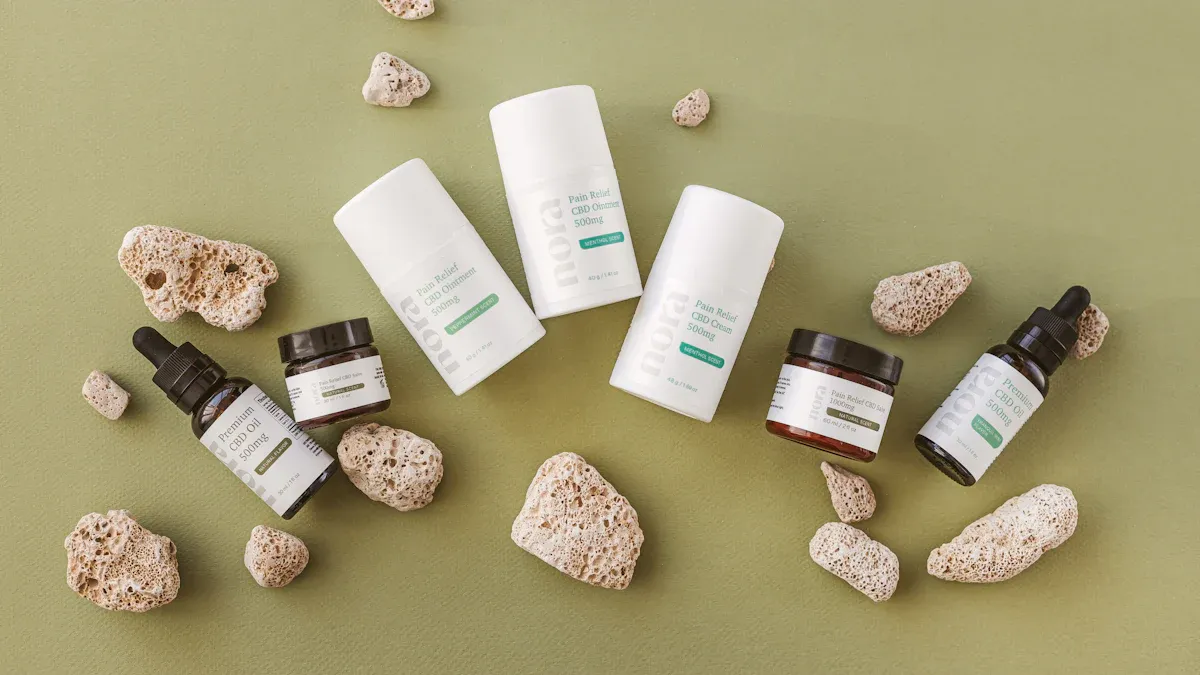
Ethical and Sustainable Ingredient Sourcing
Ethical ingredient sourcing plays a vital role in creating sustainable beauty products. When you choose ingredients that are responsibly harvested, you help protect the environment and support local communities. Many brands now prioritize fair trade practices, ensuring that workers receive fair wages and safe working conditions. This approach not only reduces environmental impacts but also fosters long-term relationships with suppliers.
The growing demand for sustainable alternatives reflects a shift in consumer values. A 2021 survey revealed that 73% of consumers are willing to pay more for products made with sustainable practices. 또한, the global ethical beauty market, valued at over $11 billion in 2020, is projected to reach $15 billion by 2026. These trends highlight the importance of adopting ethical ingredient sourcing strategies to meet consumer expectations.
To measure success in sustainability, tools like the Beauty Sustainability Scorecard evaluate brands based on their environmental impact, worker treatment, and animal welfare. This benchmark provides a clear view of how well brands align with sustainable practices. By focusing on ethical sourcing, you can build trust with eco-conscious consumers and contribute to a healthier planet.
Overcoming Supply Chain Challenges
Supply chain challenges often complicate ingredient sourcing for plant-based beauty products. Seasonal availability, unpredictable weather, and geopolitical issues can disrupt the supply of natural ingredients. These disruptions may lead to inconsistencies in product formulations or delays in production.
이러한 도전을 극복합니다, you can diversify your sourcing strategies. Partnering with multiple suppliers reduces the risk of shortages and ensures a steady flow of high-quality ingredients. 또한, investing in local sourcing minimizes transportation-related environmental impacts and supports regional economies.
Technology also plays a key role in addressing supply chain issues. Digital tools can track ingredient origins, monitor sustainability metrics, and predict potential disruptions. 이러한 도구를 활용하여, you can create a more resilient and transparent supply chain. This approach not only ensures consistent product quality but also aligns with consumer demand for sustainable alternatives.
팁: Collaborate with manufacturers who prioritize sustainability to streamline your supply chain and reduce environmental impacts.
Regulatory Compliance in Cosmetic Formulation
Navigating Global Regulations for Plant-Based Products
Navigating global regulations is essential for ensuring the safety and success of plant-based cosmetics. Different regions have unique standards, making compliance a complex but necessary process. 예를 들어, the European Union requires rigorous safety testing through its Scientific Committee on Consumer Safety (SCCS). This ensures that every ingredient in your formulation meets strict safety guidelines. Similarly, international organizations like the International Cooperation on Cosmetics Regulation (ICCR) work to harmonize standards, simplifying compliance for global brands.
Adhering to Good Manufacturing Practices (GMP) is another critical step. These practices ensure that your products maintain consistent quality and safety throughout production. Post-market surveillance also plays a key role. Monitoring your products after they reach consumers helps identify and address any safety concerns quickly.
측면 | 설명 |
|---|---|
Harmonization Efforts | International bodies like ICCR aim to align standards and enhance consumer protection. |
Ingredient Approval | The EU’s SCCS evaluates substances for safety before they can be included in cosmetic products. |
Claims and Labeling | The ISO 16128 standard provides guidelines for natural and organic claims, ensuring transparency. |
Good Manufacturing Practices | Adherence to GMP principles ensures product quality and safety throughout production. |
Post-Market Surveillance | Continuous monitoring of products addresses adverse events or quality issues. |
By staying informed about these regulations, you can create safe, high-quality products that meet global standards. Collaborating with a skilled formulation chemist can help you navigate these requirements effectively.
Ensuring Transparent and Accurate Labeling
Transparent and accurate labeling builds trust with consumers and ensures compliance with regulatory standards. Labels should clearly list all ingredients, including plant-based and organic components. This transparency allows consumers to make informed choices, especially as demand for clean beauty products continues to rise.
Certifications like the V-Label make it easier for consumers to identify vegan and vegetarian products. According to a global survey, 92% of consumers are more likely to purchase a product with this certification. 또한, the ISO 16128 standard provides guidelines for labeling organic cosmetics, ensuring consistency and clarity.
증거 유형 | 설명 |
|---|---|
V-Label Certification | Consumers demand transparency to easily identify vegan and vegetarian products. |
Consumer Preference | 92% of surveyed consumers worldwide would buy a product once they notice it carries the V-Label. |
Clean Beauty Demand | Consumers prioritize clean beauty products free from harmful chemicals, valuing transparency. |
Accurate labeling also helps you comply with safety regulations. Misleading claims can lead to penalties or loss of consumer trust. Working with a formulation chemist ensures your labels meet all legal requirements while highlighting the benefits of your plant-based products.
팁: Use clear, concise language on your labels to communicate your product’s safety and sustainability effectively.
Plant-based beauty formulations face challenges like stability, sourcing, 그리고 성능. Addressing these issues ensures products meet consumer expectations and align with industry standards. 예를 들어, 70% of clean beauty shoppers prioritize eco-credentials, highlighting the need for transparency. Brands can overcome hurdles by adopting sustainable solutions, such as ethical sourcing and innovative R&디. These practices not only reduce carbon footprints but also build trust and expand market opportunities. By embracing 지속 가능성, you can create high-performing products that resonate with eco-conscious consumers and drive long-term success.
FAQ
What makes plant-based beauty products different from synthetic ones?
Plant-based beauty products use natural ingredients derived from plants, such as oils, extracts, and botanicals. These products often avoid synthetic chemicals, making them eco-friendly and gentler on your skin. They also align with sustainable practices, appealing to consumers who prioritize ethical and clean beauty options. 🌱
How can you ensure the safety of plant-based cosmetics?
You can ensure safety by choosing products tested for allergens and contaminants. Look for certifications like GMP or ISO standards. Collaborating with experienced manufacturers ensures formulations meet safety regulations and maintain consistent quality. Always check ingredient labels for transparency.
Are plant-based products suitable for all skin types?
예, many plant-based products suit all skin types due to their gentle nature. 하지만, some natural ingredients may cause allergies. Always perform a patch test before using a new product. Look for formulations tailored to your specific skin concerns for the best results.
How do you identify truly sustainable beauty products?
Check for certifications like Fair Trade, V-Label, or cruelty-free logos. Review ingredient sourcing and packaging materials. Brands that disclose their sustainability practices and use eco-friendly packaging often align with sustainable beauty principles.
Why is transparency important in plant-based beauty?
Transparency builds trust and helps you make informed choices. Clear labeling ensures you know what ingredients are in your products. It also reflects a brand’s commitment to ethical practices, which is essential for eco-conscious consumers.
팁: Always read product labels and research brands to verify their claims.

